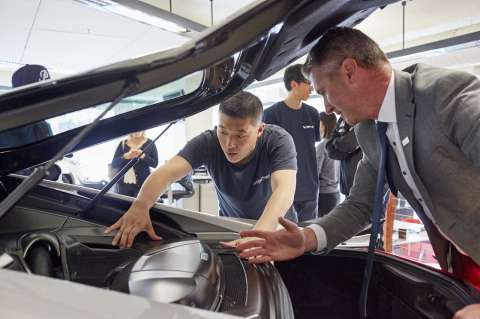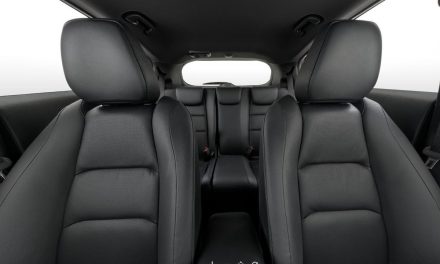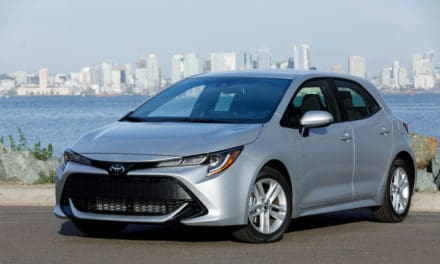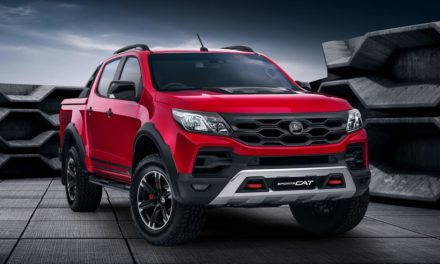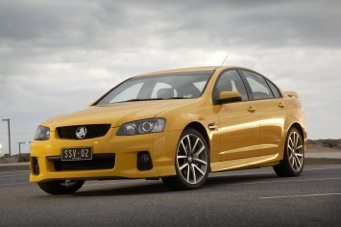We’ve been hearing about the immense safety advancements and requirements in the recent years and reading the spec sheets; it seems as if there is no way of dying in a car anymore. We even list them in our video reviews, and they are the deciding feature for many buyers. Today’s cars have pre-collision systems which inform you of the prospective danger and even react on your behalf to evade the collision, protect you, your passengers and the people around you and in case you somehow do crash, loads of other systems will adjust your seat position and seat belt operation in order to minimize the injury, pedals will drop to the floor to prevent feet injury, airbags will deploy to protect you from almost every side and even your knee gets a dedicated inflatable guardian angel. The crumple zones serve to take the initial hit and keep the cabin cocooned and the passengers protected.
However, people still die in car crashes and for many countries, even more so than before. Moreover, we keep hearing about ‘the good old days’ when tank-like Mercedes sedans could survive being hit by a tanker ship and the inevitable ‘they don’t make ‘em like they used to’.
So do they?
About a month ago, ANCAP did a really cool test to determine just how different in terms of safety a 1998 Toyota Corolla is to its 2015 offspring (see the video of the test below). Both cars were going at 64 km/h and they were subjected to a head-on collision with each other. The idea was to see which one would protect the dummy passengers better and also what the other differences would be. Mind you, the older Corolla was by no means unsafe back in the day.
The new Corolla won with flying colours.

The biggest advantages came from the preserved integrity of the cabin, which is paramount for protection of the passengers. Just compare the A pillars of the two cars. The cabin remained almost untouched in the new car, while the one in the old one sustained deformities which greatly reduce the chance of avoiding severe injury or even death. Many of the things from the front, including the wheel and heavy metal parts ended up inside the cabin, in the best case scenario crashing the legs of the driver, but probably doing far more damage.
Expectedly, airbags also made a huge difference. The old Corolla had none and the frontal collision means that the driver would sustain severe head and chest injuries.
Moreover, more modern cars also have pre-collision systems designed to prevent crashes or at least reduce their severity. These were excluded from the test and both cars got the same treatment, but with these systems used, modern cars win by an even larger margin.
So, how come so many people still die in car crashes?
Some of them simply drive too recklessly and there is no amount of safety tech that will help prevent crashes. Cars are also faster. The first sporty Golf GTI had just over 100 hp, while the current one packs more than double. With that kind of horsepower going around, it is far more likely that high speed crashes occur and despite the safety tech, at more than 100km/h not many people beat physics.
However, there is one more reason that actually proves that modern cars are safer. At the very beginning of the ANCAP video above we can see that more than half of those who die in car crashes in New Zealand die in cars made before the year 2000, despite these cars being less present on the roads.
How do we fix that?
It is actually pretty simple, but it takes time. Aside from the active safety tech, vast majority of safety systems have been around since far before the turn of the century. The mentioned crumple zones, a must in the industry today, were patented in 1937 and the first implementation came in 1953 in the Mercedes-Benz Ponton. The system was upgraded to something very close to its today’s form and used in the Mercedes-Benz W111 in 1959.
Similarly, airbags have been around in one form or another since the 1950s.
This amazing old commercial shows the sheer amount of safety tech and their efficacy in the Mercedes-Benz W126, built from 1979. It had pedals drop, electronic pre-tensioning seat belts and absolutely astonishing cabin integrity. Have a look at the video; it is well worth the 59 seconds it lasts.
As you can see, the W126 was incredibly safe, despite the horrifying impact it sustained and its old age. However, the W126 is actually the S-Class, so it cost more than a luxury house. The safety tech came with the money. In fact, various versions of the S-Class have been the pioneers of development regarding safety, but also comfort. Many of the features seen for the first time in the flagship Mercedes of its time (a lot) later became standard industry features.
And this is where the solution lies. We can’t expect a run of the mill Corolla to pack the same safety tech as the S-Class that costs 10 times more. However, as the advancements develop and the regulations change, we can expect much of the safety stuff to find its way into more affordable cars. This will keep upping the industry standards and bring the difference you saw in the video with the Corollas. Many of the things the current Corolla has were once reserved for the top-notch luxury and performance cars. Now anyone can enjoy them.
So, how safe are new cars? Is it true that they don’t make them like they used to? There is no doubt cars today are safer than those a few decades ago. Just make sure you compare the cars that are comparable. Whenever someone tells you that the W124 E-Class from the 1990s was safer than the latest Suzuki Baleno is now, tell him to stop comparing those two and actually put the legendary W124 up against the current W213 E-Class. Despite the immense value and love of the W124, the W213 is far safer, faster and more advanced in any respect.
Cars are far safer now, and as the ever-changing regulations keep pushing the envelope, they are bound to become even more so in the future.

